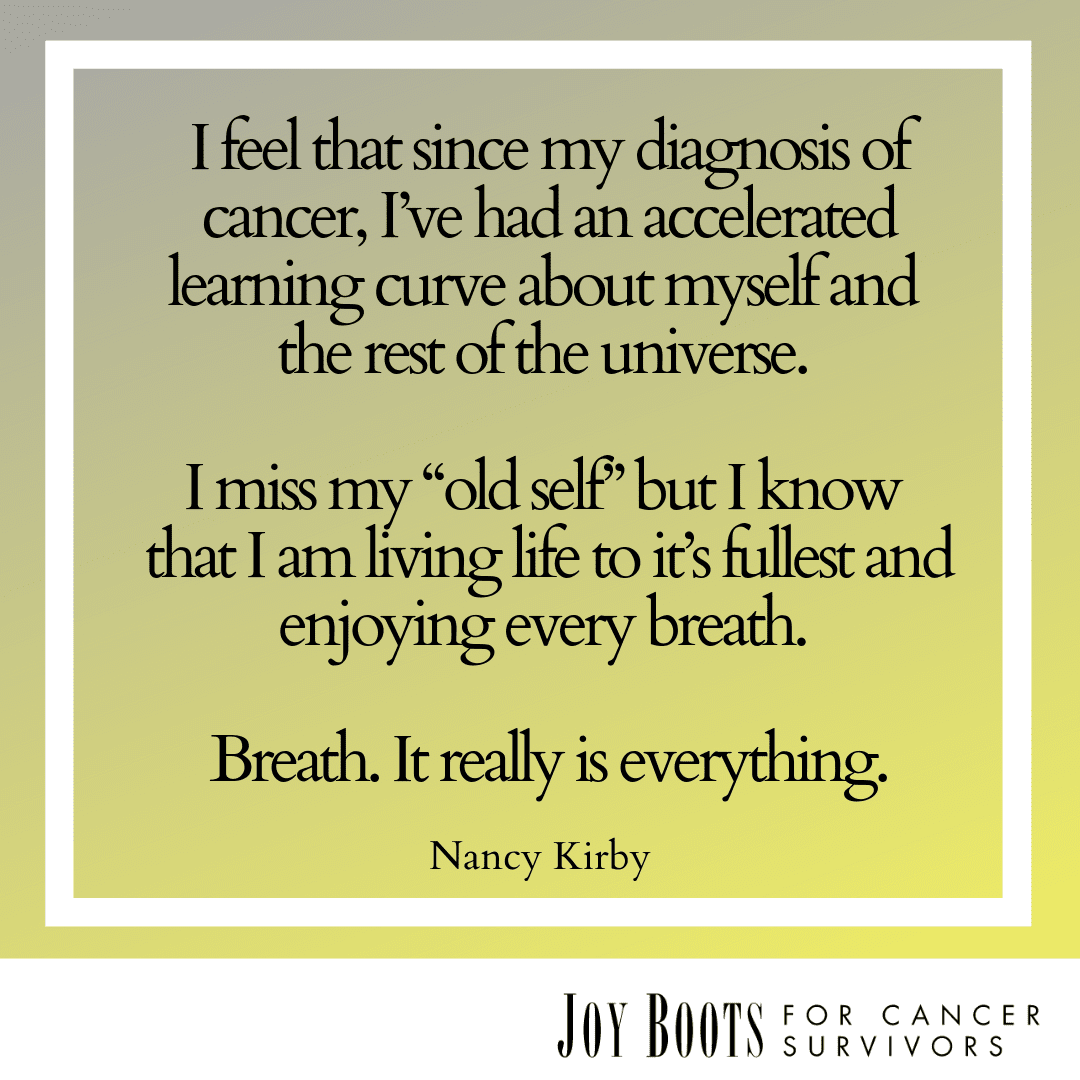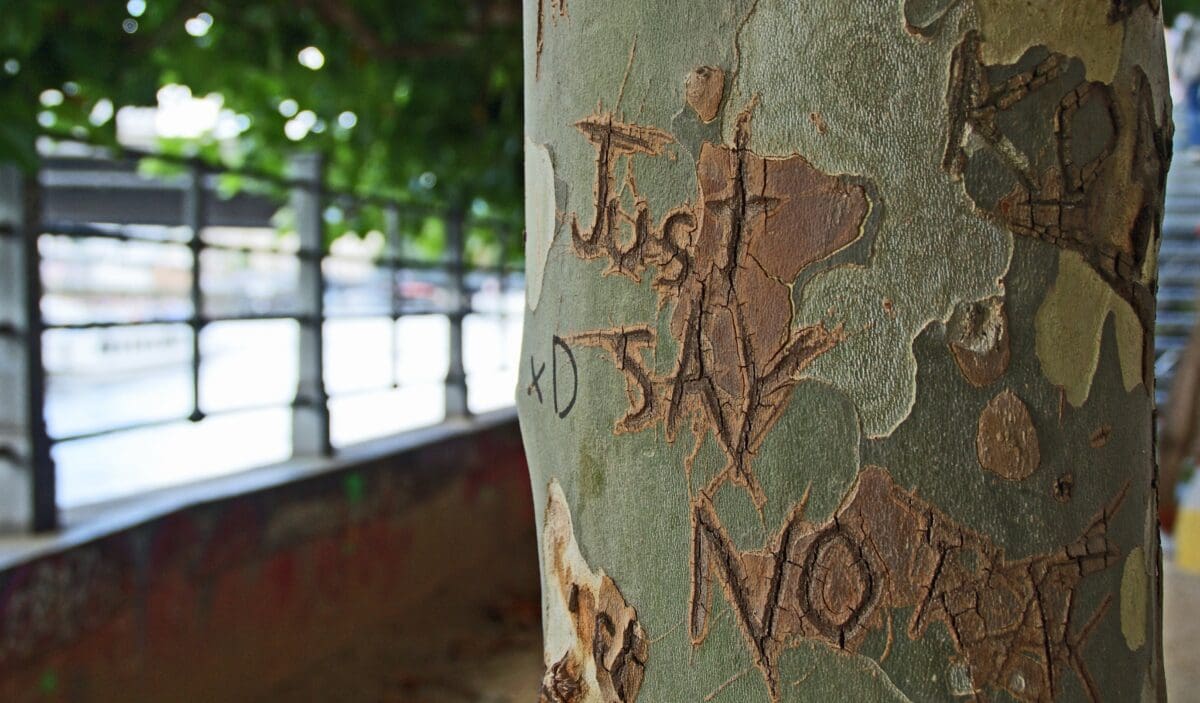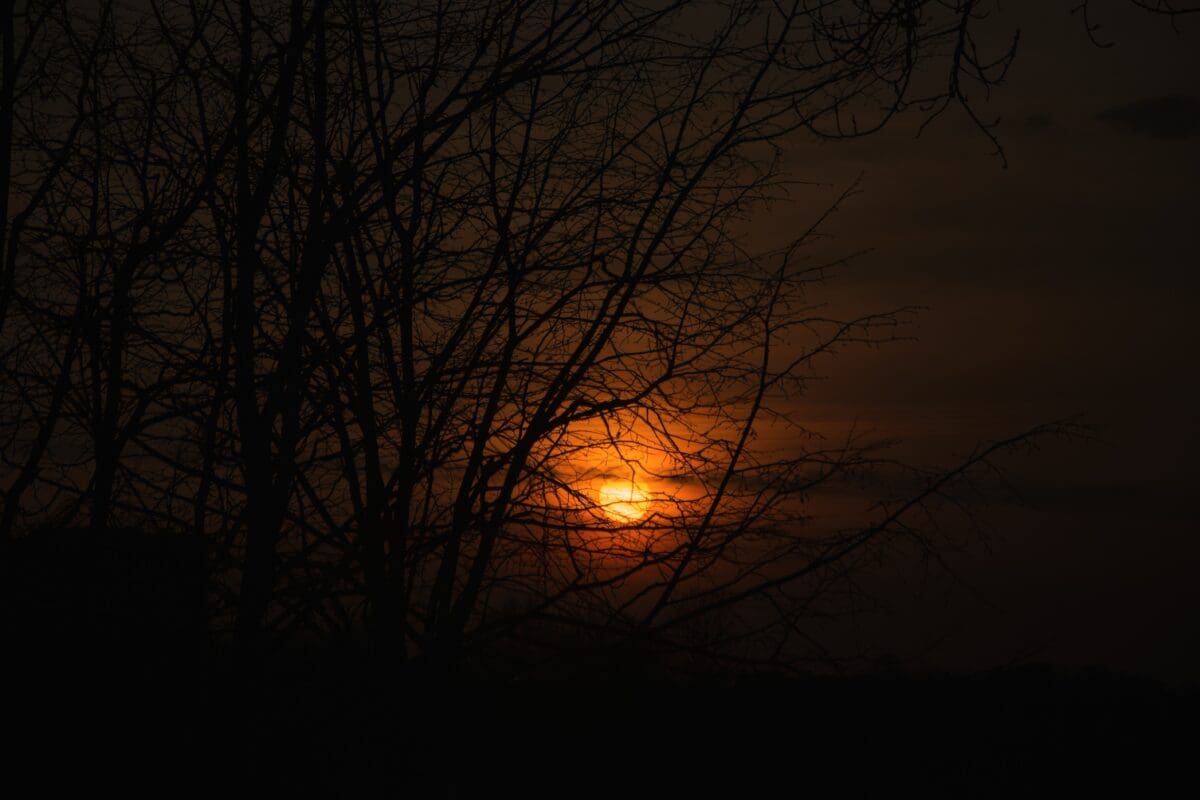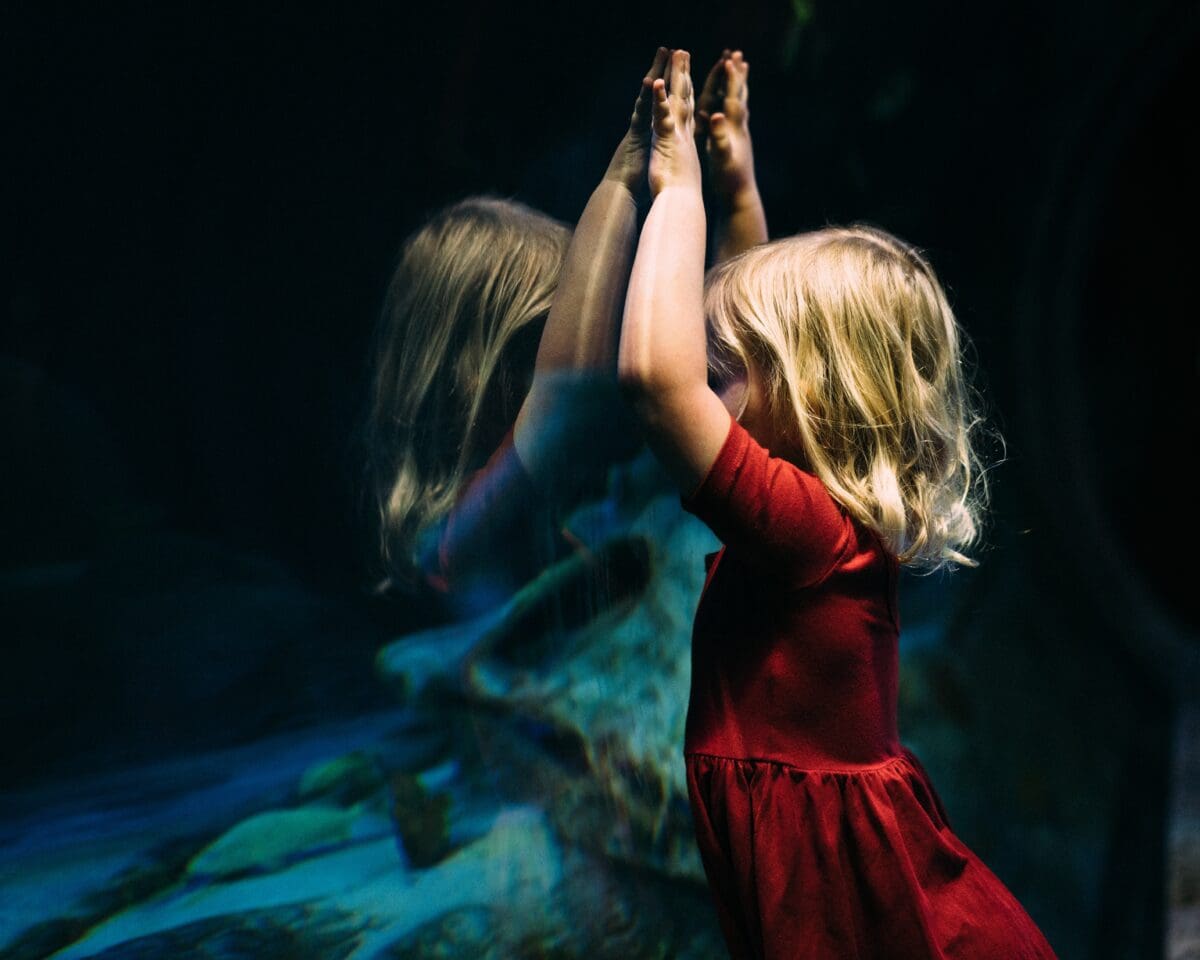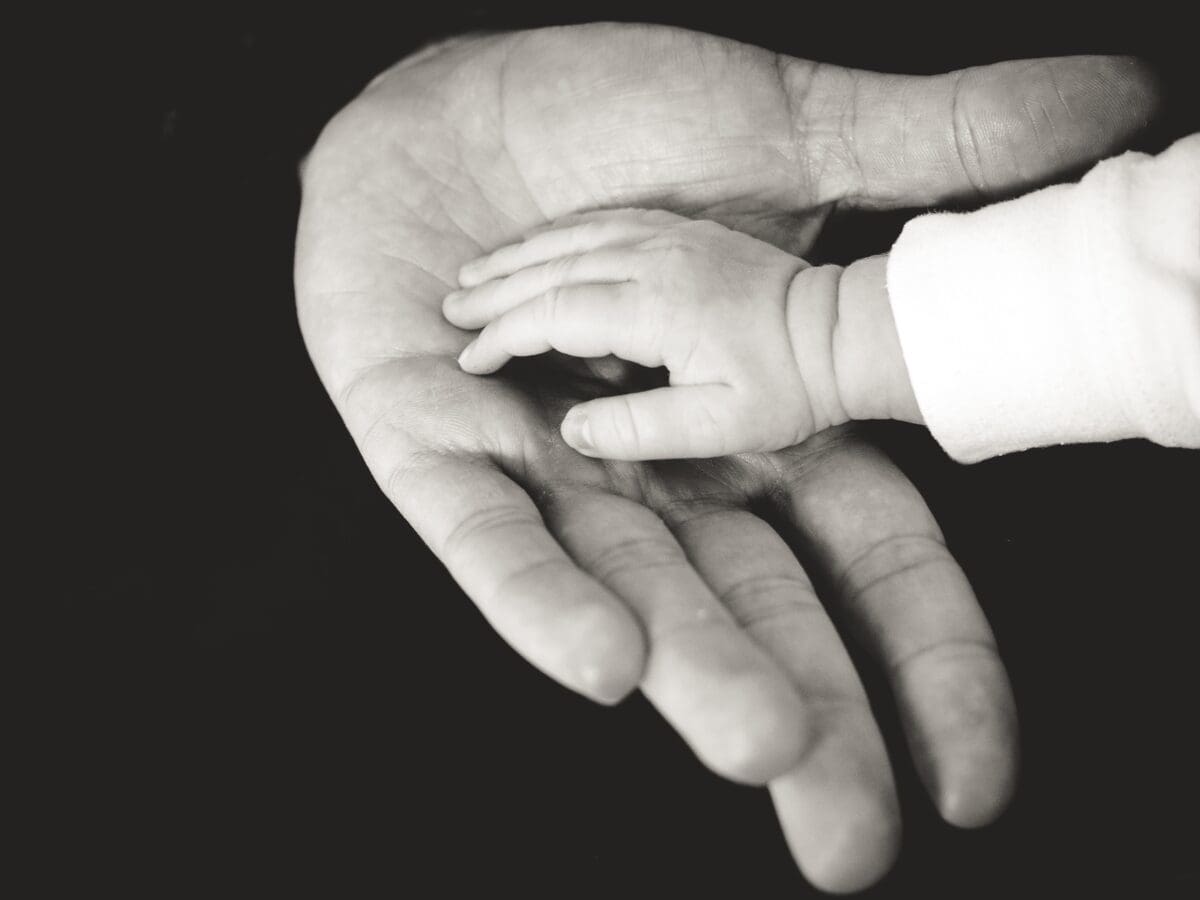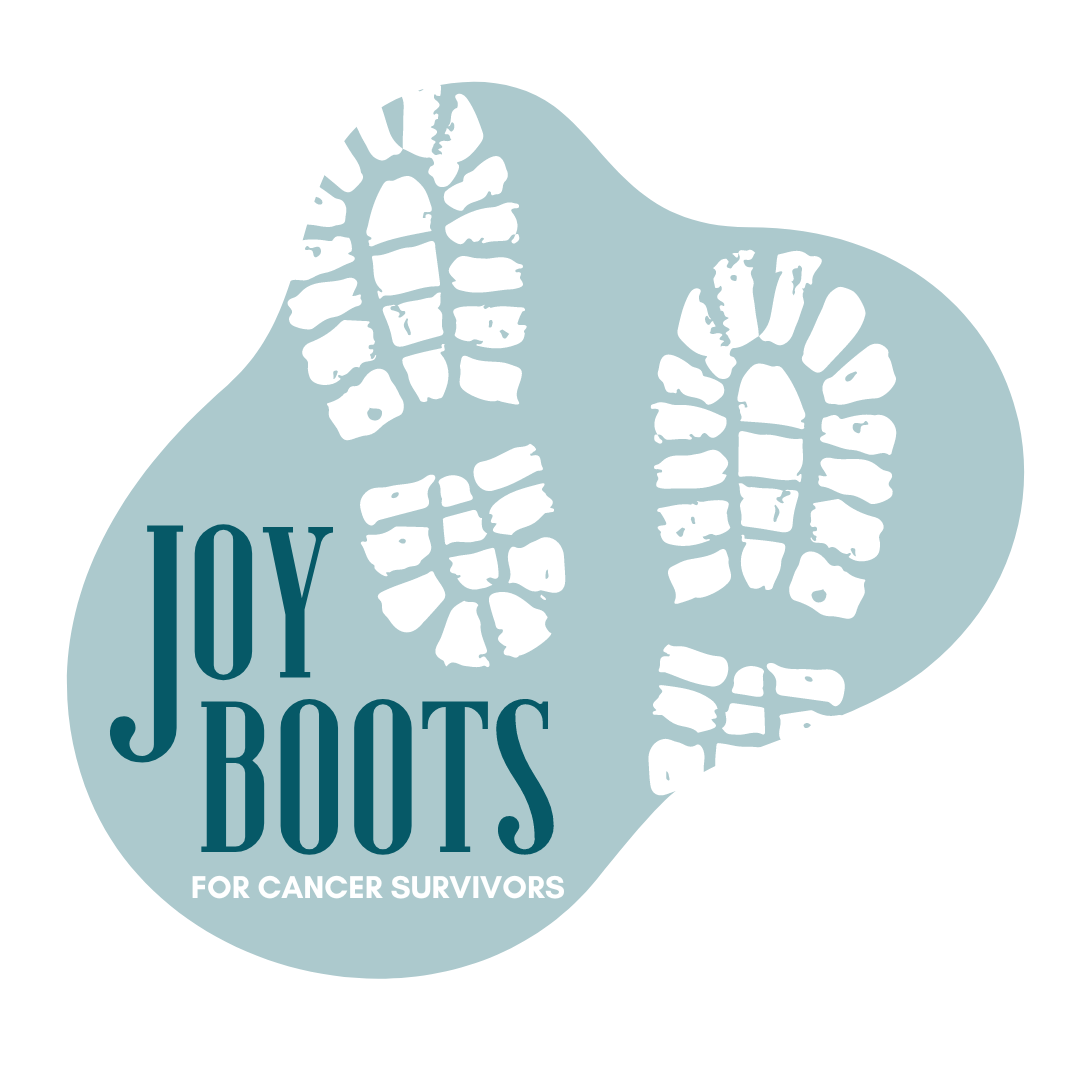From the moment you are born, you need others to survive and thrive. Community lifts you up when you are feeling low. And emotional isolation at a crucial time can be devastating, making a difficult situation feel even more traumatic. We all need community. Even those of us who are introverts by nature or who have an independent spirit.
Community sustained me when I went through cancer the first time. My baby daughter was 2 months old and I was still on a learning curve as a first time mom, sleep deprived, terrified, and furious that my life with my daughter was being hijacked by an urgent need for unwelcome treatments.
Friends brought food and offered a listening ear. Some could connect in spite of my pain and share their own challenges and there were no obstacles to our maintaining friendships. Maria Elena, a yoga friend I met while teaching a program volunteered to help me with my daughter and became our full-time nanny, life saver, and a person very dear to our family and my heart.
As many of you know, I’ve been revisiting the cancer experience personally, this time as a caregiver to my husband. As he continues treatment for colon cancer, I’m aware of how essential community is to me and how hard it can be to ask for help and accept limitations.
One way I’ve felt sustained by community is connecting with the members of my Wednesday Wellness Warriors yoga class, co-sponsored by Capital of Texas Team Survivor. After a temporary re-location over the summer, we have recently returned to South Austin, in the lovely FlowYoga studio in the Westgate Center.
I’m energized by the enthusiasm and commitment of this group and the way they show up for themselves and each other. I love how large the class is and how many different cancer experiences and stages are represented by this group of smart, caring, capable women, each open to healing in her own way.
I love my connections with the Joybooter community, a fierce and fascinating group of women. Knowing the backstories of so many inspiring women gave me the idea to begin a new series to share some of their wisdom and experience with the larger group.
Stay tuned…


